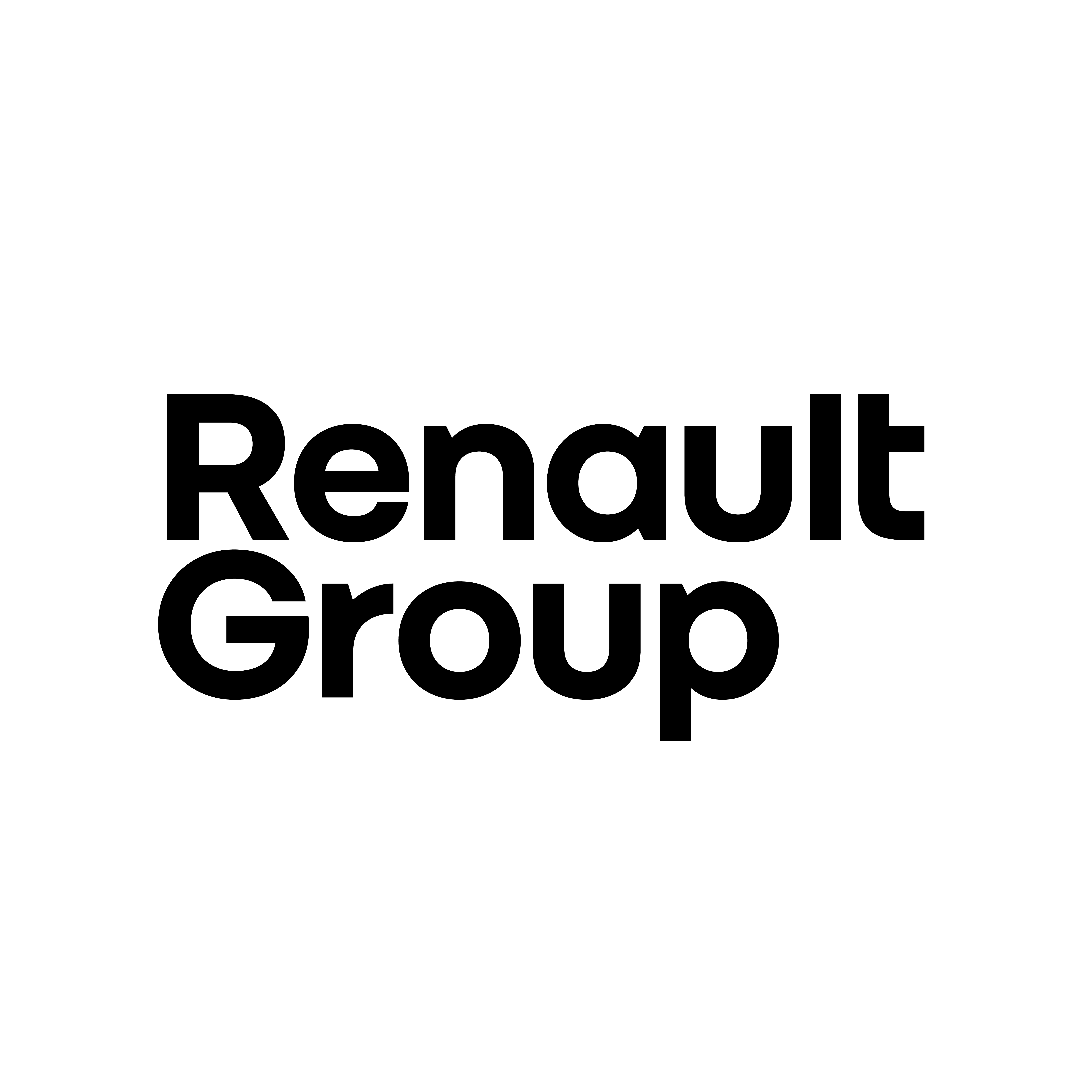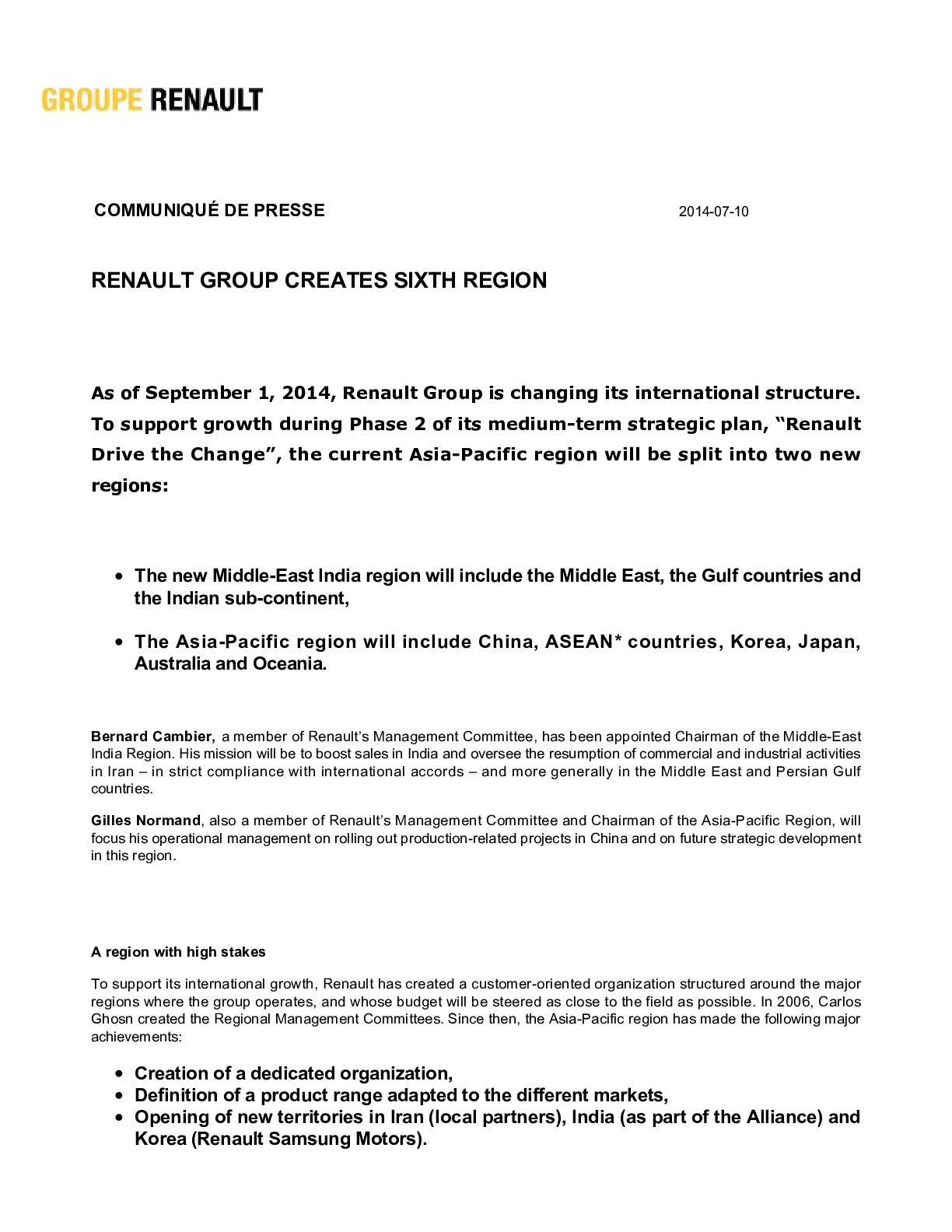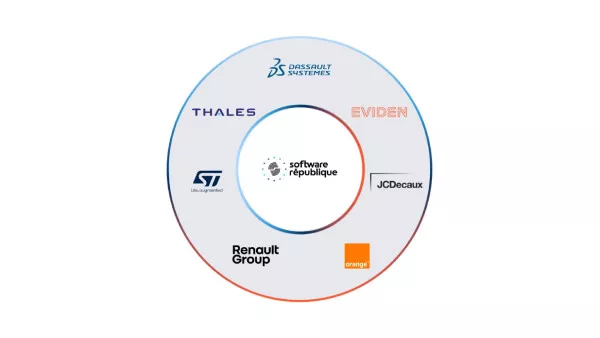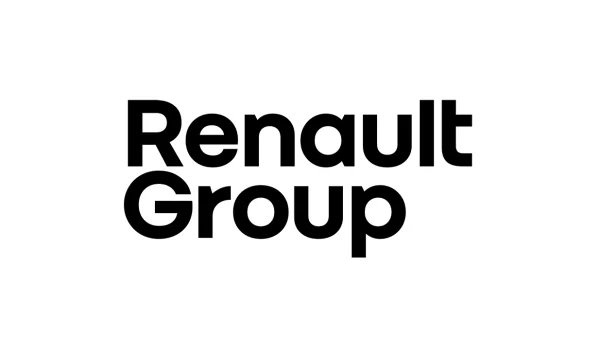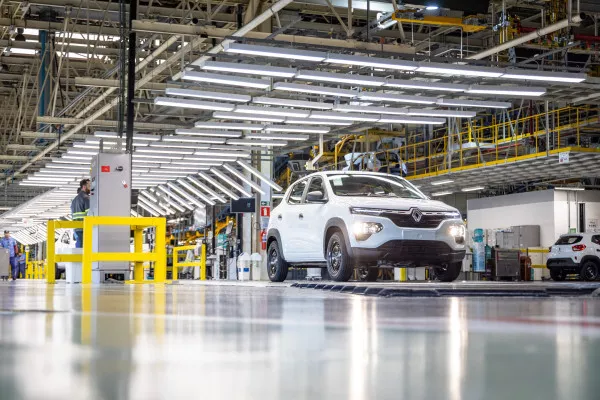Renault group creates sixth region
10 July 2014 14:00
As of September 1, 2014, Renault Group is changing its international structure. To support growth during Phase 2 of its medium-term strategic plan, “Renault Drive the Change”, the current Asia-Pacific region will be split into two new regions:
- The new Middle-East India region will include the Middle East, the Gulf countries and the Indian sub-continent,
- The Asia-Pacific region will include China, ASEAN* countries, Korea, Japan, Australia and Oceania.
Bernard Cambier, a member of Renault’s Management Committee, has been appointed Chairman of the Middle-East India Region. His mission will be to boost sales in India and oversee the resumption of commercial and industrial activities in Iran – in strict compliance with international accords – and more generally in the Middle East and Persian Gulf countries.
Gilles Normand , also a member of Renault’s Management Committee and Chairman of the Asia-Pacific Region, will focus his operational management on rolling out production-related projects in China and on future strategic development in this region.
A region with high stakes
To support its international growth, Renault has created a customer-oriented organization structured around the major regions where the group operates, and whose budget will be steered as close to the field as possible. In 2006, Carlos Ghosn created the Regional Management Committees. Since then, the Asia-Pacific region has made the following major achievements:
- Creation of a dedicated organization,
- Definition of a product range adapted to the different markets,
- Opening of new territories in Iran (local partners), India (as part of the Alliance) and Korea (Renault Samsung Motors).
The current scope of the Asia-Pacific region – which was redefined in 2012 – is very wide, covering 48 countries and 12 time zones (Middle East, Gulf Countries [GCC], India, China, Korea, Japan, the Association of Southeast Asian Nations* [ASEAN], Australia and Oceania). This vast region is already dominant on a global scale, as it accounts for more than 50% of the world’s population, 40% of global GDP and 45% of the car market. Whereas Renault Group’s average global market share is 3.3%, this figure currently stands at 0.6% in this region.
Renault has three major production sites in Iran, India and Korea. Two years ago, a new push was given marked by:
- The resumption of activities in India following the Mahindra experience,
- The turnaround of RSM in Korea,
- The launch of operations in Indonesia and Malaysia (ASEAN),
- The start of construction of a new plant in China (joint venture with Dong Feng).
This new drive was led by reinforced teams based in Hong Kong. Despite the difficulties encountered (Iran, Korea), the region has significantly improved its financial results and can now look to the future with engagement and peace of mind.
A new phase of growth
China and India are expected to become the world’s two leading economies within the next 20 years, carrying in their wake countries with strong growth potential such as Indonesia, Thailand and Pakistan. Between now and the completion of the strategic plan, this region of the globe will represent close to 50% of Renault Group’s potential for growth – its overall highest.
The importance of these stakes, the number of strategic projects and the current size of the Asia-Pacific region are what led the Group’s Executive Management to divide this zone into two separate regions. The new structure will help strengthen operational management and enable dedicated teams to focus on a smaller number of short- and medium-term goals. Mongolia will join the Eurasia region, a market much more similar to its own.
The Middle-East India region
This region includes the Indian sub-continent, the Middle East and the Gulf countries. The road map given to Bernard Cambier, who will be building on his past experience, focuses on:
- Increasing sales in the short-term in India, where Renault benefits from a strong production base thanks to the Alliance, with the launch of several vehicles, notably based on the CMF-A platform and scheduled between now and the plan’s completion. - Overseeing the resumption of commercial and production activities in Iran if the geopolitical context allows, in strict compliance with the international agreements in force.
- Growing sales in the Middle East and Gulf countries (GCC) led from Renault’s facilities in Dubai.
- Rapidly making a proposal for the operational organization of this new region to Executive Management
The new Asia-Pacific region
Along with the countries of Southeast Asia (ASEAN), Japan, Korea, Australia and Oceania, the prospects offered by the Chinese market remain central to this reorganization process. Since the signing of the joint venture with Dong Feng, the project has taken big strides forward. With strong bases in Hong Kong, the priority of Gilles Normand and his teams will be to:
- Ensure project implementation in China by the end of the medium-term plan,
- Prepare the region for rapid, significant volume growth.
- Pursue the turnaround of RSM, by ensuring sustainable profitability.
- Roll out projects in ASEAN, and develop business in Indonesia.
- Build growth in the Pacific countries.
By creating these two regions, Renault's Executive Management is making sure it has the organisational capacity to achieve the sustainable performance target of the strategic plan. Renault Group is successfully pursuing its offensive international strategy. It is present across six major regions around the globe: Europe (including France), Euromed-Africa, Eurasia, Americas, Asia-Pacific and Middle-East India.
Sur le même sujet
